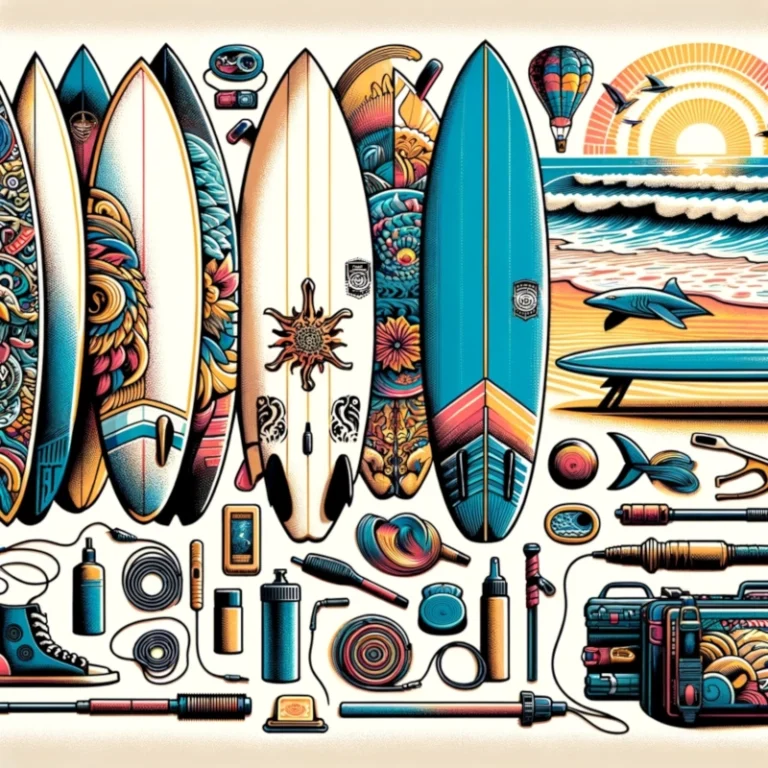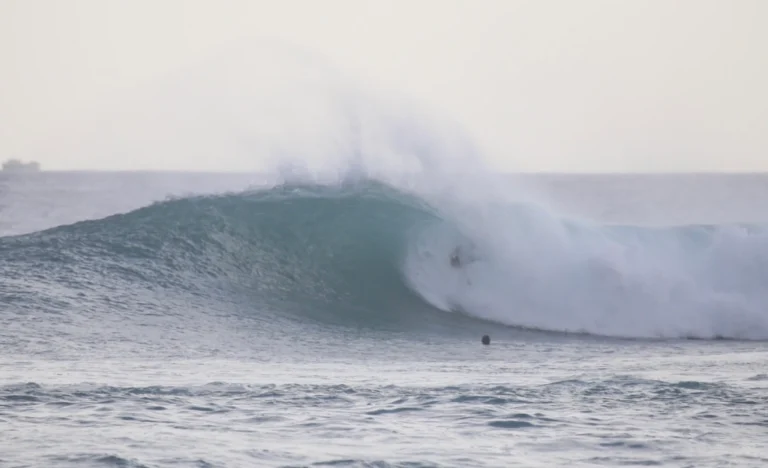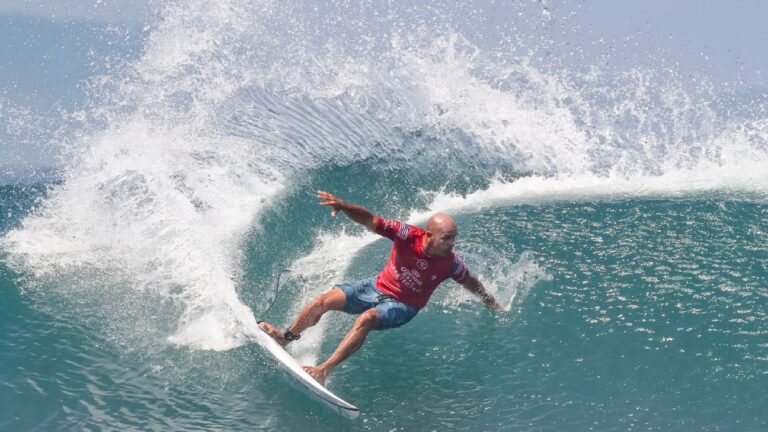
Definition : Outline
Définition : L’outiline de la planche de surf est la forme générale de la planche de surf. C’est un mot utilisé par les shapers et surfeurs pour mieux comprendre la planche. Large, rond, affiné, etc…

Définition : L’outiline de la planche de surf est la forme générale de la planche de surf. C’est un mot utilisé par les shapers et surfeurs pour mieux comprendre la planche. Large, rond, affiné, etc…

Définition : Un kook est un débutant ou intermédiaire qui se définit comme surfeur averti. La réalité en est tout autre, il ne connait pas le surf, sa culture, ce qui crée des moments ridicules et plus qu’appréciable pour les…

Définition : Ce terme vient de l’anglais(traduction : au-dessus de la tête) « overhead », pour préciser que les vagues sont relativement hautes(au dessus de 1 mètre 80) pour dépasser la tête d’un surfeur debout. Cela indique généralement des vagues hautes qui…

Définition : Lay back veut dire que vous êtes allongé dans la vague tout en gardant au moins 1 pied sur la planche. Certains turns comme le roller layback ou le snap layback nécessite une très grande maitrise de l’équilibre…

Définition : La période en surf définit en secondes et définit l’intervalle de temps entre deux vagues successives. Plus la période est longue, plus les vagues ont parcouru de longues distances. Elles sont généralement plus puissantes et de meilleure qualité…

Définition : Le vent thermique est le vent qui est généré par la différence de température entre l’océan et les terres. Ce vent arrive habituellement en fin de matinée, en début d’après-midi, partant de l’océan et arrivant sur les terres.…

Définition : Un « ding » est un petit pet, casse de la résine et/ou de la fibre sur une planche de surf. Cela est causé par des chocs et nécessite une réparation pour éviter que la board ne prenne l’eau.

Définition : Le leash est le cordon élastique, attachant la cheville à l’arrière de la planche de surf. Ce matériel permet de ne pas perdre la planche si vous tomber, ce qui permet de ne pas aller la chercher trop…

Définition : Le pic d’une vague est le point le plus élevé de la vague, là où elle commence à déferler. C’est donc la localisation idéale pour commencer sur la vague car il offre ma meilleure vitesse, le meilleur takeoff…

Définition : C’est la partie supérieure de la vague au niveau de la zone creuse. Elle va donc soit former un tube, soit dérouler et créer de la mousse. C’est l’endroit parfait pour tapper une manoeuvre radical et faire un…

Définition : Le line-up est l’endroit où tous les surfeurs se placent pour prendre une vague. Il y a habituellement un concept d’attente qui rentre également en compte. Chaque surfeur attend son tour pour prendre sa vague, comme une queue…

Définition : Le floater est la manoeuvre qui consiste à remonter en haut de vague et de glisser sur la lèvre avec de la vitesse. Cela permet de passer dans certains cas, la fermeture de la vague et atteindre l’épaule…

Définition : Le foam ball est la partie mousseuse et blanche à l’intérieur du tube. Quand un surfeur est trop profond dans le tube, il peut se retrouver dans le » foam ball « . C’est donc une zone qui peut-être…

Définition : Une gauche est vague qui part vers la gauche quand vous êtes dans l’eau et regardez la plage. Les goofys seront donc frontside et les regulars seront backside sur ce type de vague.

Définition : Le terme » glassy » désigne un plan d’eau et des vagues lissent qui sont donc sans vent. Ceux sont souvent les conditions idéales car les vagues seront plus faciles à surfer. car il n’y a pas de…

Définition : Un goofy est un surfeur qui surf avec le pied droit comme pied avant. Le pied dominant est donc le pied gauche qui sera à l’arrière, sur le tail.

Definition: The groveler is a shortboard-type surfboard, with a more generous volume and rounder curves. These boards make it easier to surf in light conditions requiring superior floatability. They are designed...

Définition : Le cutback est la manoeuvre de référence pour pouvoir gagner de la vitesse quand l’épaule n’est pas suffisament longue. Elle consiste à former un 8 dans l’eau. Il faut d’abord remonter en haut de vague pour revenir à…

Definition: The gun is the long board used by big-wave surfers. These are boards made for surfing big waves over 2 meters. They give you better paddling and speed, so you can get away with...

Définition : Quand une vague n’est pas suffisament creuse et ne bénificie pas d’un mur ou d’une épaule, il est question de rester dans la » pocket « . En d’autres termes, vous rester à l’intérieur de la vague, dans la…